

So, what’s today about?
What is it?
Huh? A quiz right off the bat?
Here’s a hint! I... want to... protect you!
Huh?
Yes, the correct answer is pickguard!
You should’ve just said it from the start. It’s the plate attached to a guitar or bass to protect the body from picking.
Yes! But, let’s get technical—since it protects the body, shouldn’t it really be called a ‘bodyguard’?
Yes, yes, you said something like that before.
Andddddd I will alwaaaaays love yooooouuuuu♪
Huh? What are you doing suddenly... ah!
Ah?
Whitney Houston?
Correct!
From the movie The Bodyguard. That’s nostalgic.
Good evening, this is Kevin Costner.
Yes, yes.
Alright, enough messing around, let’s get to the main topic!
Who’s messing around...?
It’s me!
Go ahead.
The usual materials are plastic, like celluloid.
Right.
Here’s an example: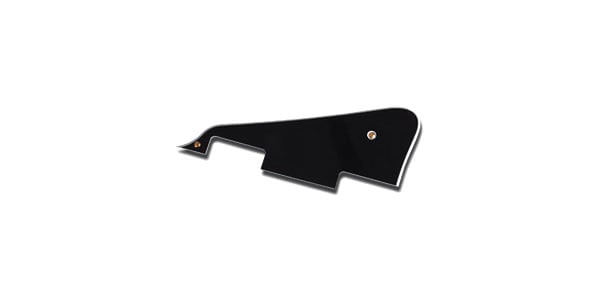
Gibson / PRPG-020
Oh, Gibson. Is this for a Les Paul?
The description says it’s 5-ply, meaning it’s five layers stacked together.
Oh, I see.
So 3-ply would be three layers,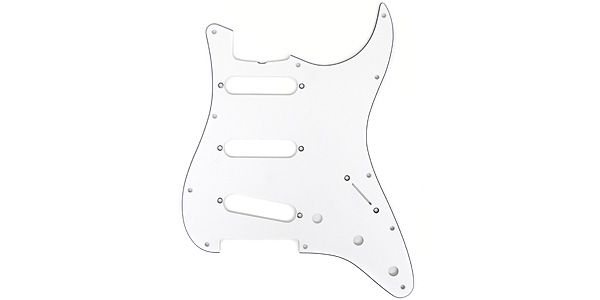
Fender / 11-Hole '60S Vintage-Style Stratocaster Pickguards White
And 4-ply is four layers...
That makes sense.
If it’s 1-ply, then it’s a single sheet, right?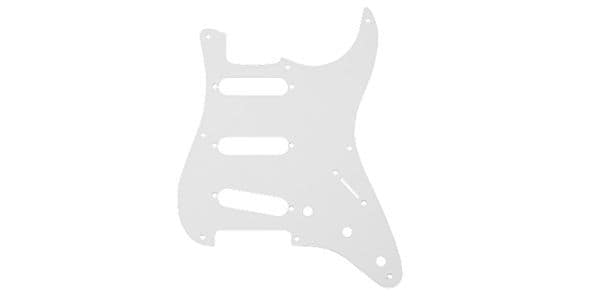
Fender / Pure Vintage '56-'59 Stratocaster Pickguard Eggshell
Got it.
Basically, the more layers, the thicker it is.
Well, that’s how it works in theory.
You can choose different colors!
The common ones are white or black...
Yeah, and the classic choice is tortoiseshell.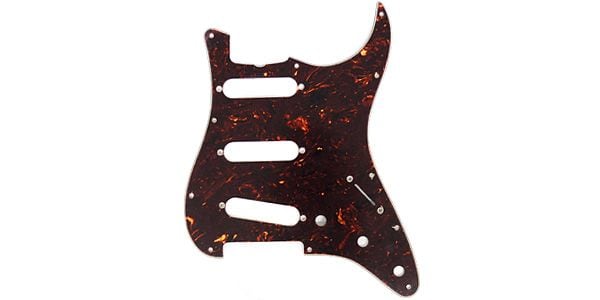
Fender / 11-Hole '60S Vintage-Style Stratocaster Pickguards Tortoise
Very classy.
For those who want something flashy, there’s pearl!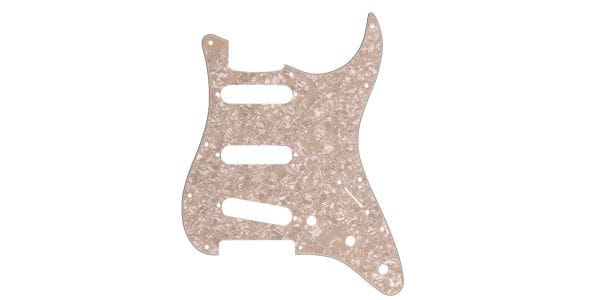
Fender / 11-Hole Modern-Style Stratocaster Pickguard Aged White Pearl
Hmm... I’ll pass. I’m not too fond of flashy stuff.
I’d go with this one.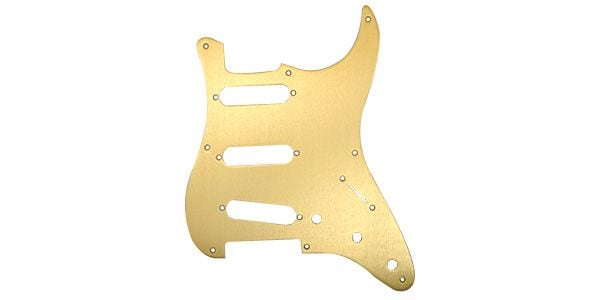
Fender / 8-Hole '50S Vintage-Style Strat Pickguards Gold Anodized
Gold! Flashy!
This one is different from the others; it’s made of anodized aluminum!
Ah, the one on your...
That’s right! It’s on my Squier Jazzmaster!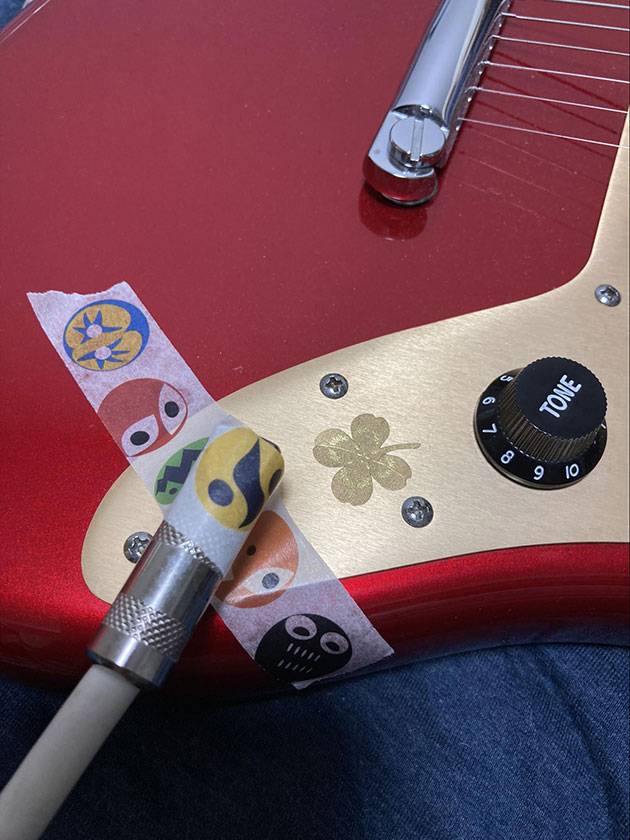
You’re quite excited about this.
I really like it. It adds a metallic resonance to the sound.
You’ve mentioned that before. I wonder if it actually makes a difference?
Oh, there’s also one for bass.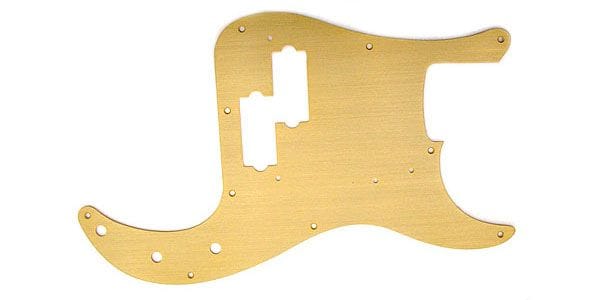
Fender / 10-Hole '50s Vintage Precision Bass Pickguard Gold Anodized
I’ll pass on that...
Even more flashy!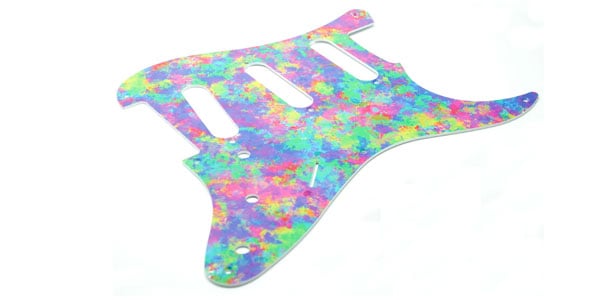
Scorelay Japan / ST PG Colorful Painted Print JAPAN 57
Wow...
And there’s even a cool Japan-style one!
Scorelay Japan / TL PG Thirty-Six Views of Mount Fuji Print
Hey, that one might be nice.
Right?
By the way, does anyone remember the Yamaha guitars or basses with a transparent pickguard, where you could insert your own photo or art to customize it? I wonder if anyone remembers that...
Huh. I don’t recall that. Maybe you should insert your own bromide photos!
Right... (dryly)
Okay! Let’s think about a new direction for pickguards!
Direction...? Well, there’s no real direction to this...
Let’s use different materials!
You really love unusual materials... go ahead.
Ceramic would crack... How about stone?
Stone?
Maybe marble!
Hmm, it’s heavy, and how would we attach it? Drilling holes might be difficult...
How about joining it with steel beams?
Like a building!
Then maybe fabric?
Fabric?
Fluffy and soft fabric!
Hmm...
Fleece would keep you warm in winter!
True, metal parts get cold in winter, though...
For warmth, wood is a good option!
Sometimes you see wood pickguards, with carvings on them.
Like manufacturer logos. Those are kind of nice.
Yeah, they are.
Stained glass!
Don’t damage it. Be careful with that.
Leather!
You do see leather ones occasionally. Leatherwork seems tough though...
Suddenly it feels a bit country-western!
I see.
It depends on the genre, but leather pickguards with studs can look punk and cool!
That’s true, but if you hit the studs while picking, you might bleed... What’s the meaning of pickguard then? And what if someone plays with their fingers?
Then how about soft fabric with embroidery?
Like appliqué?
That’s it!
Which one?
...I think that’s it.
Thanks for your hard work.
Pickguards sure come in all kinds.
Yeah, originally, they were meant to protect the body, but now they seem to have become more decorative.
True, and I guess manufacturing techniques have improved too.
I used to remove the pickguard while playing. On my Jazz Bass.
Oh, some people do that.
It really changes the impression of the instrument, even with just the presence or absence of a pickguard. Famous examples are Jaco Pastorius—his signature model originally doesn’t come with a pickguard.
If you play fingerstyle, you don’t need a pickguard. It might actually help with the resonance of the body.
That reminds me, I used to play a Precision Bass a long time ago...
Horry, you? A Precision Bass? That’s hard to imagine.
It was a really short period, but it had a black body with a white pickguard. I spray-painted the white pickguard matte black, and I liked the way it looked with a slightly different shade of black on the body. It gave it a sharp look.
Oh, sounds nice! Don’t you have a photo?
It was when I was living in Osaka, so... I can’t seem to find one. Eventually, I stopped playing the Precision Bass altogether.
That happens.
It might be hard to tell if it affects the sound, but just changing or removing a pickguard can drastically change the look of the instrument. So maybe it’s worth paying attention to!
Yeah! By the way, my own Teisco Spectrum 5 has a unique pickguard too.
Oh?
It even has a pickguard on the headstock!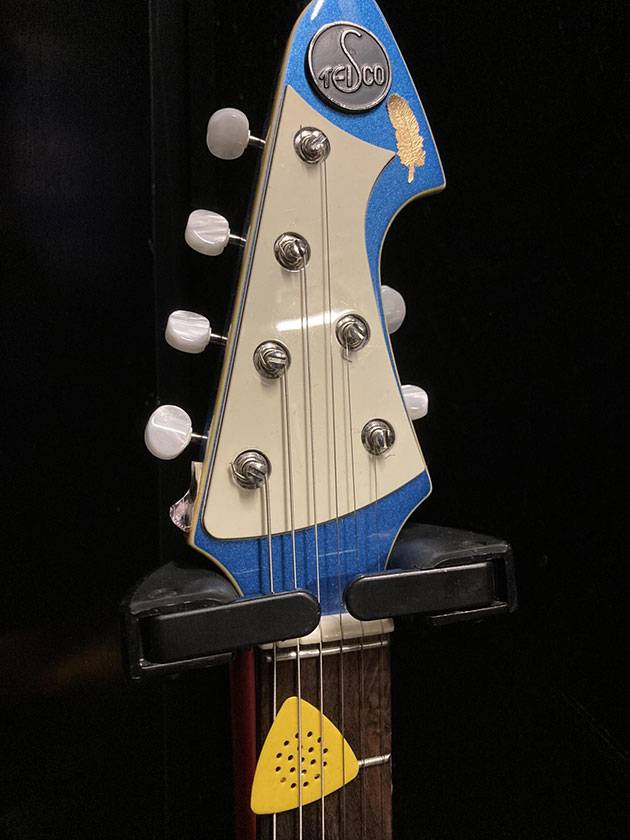
Is that just for decoration...?
I don’t know... but some people play by plucking the strings between the nut and the tuning pegs.
I guess that’s true, but do they really need that!?
So, pickguards are still quite deep and fun to explore. You can enjoy them like accessories. Because everything is?
For love!
The “sound & person” column is made up of contributions from you.
For details about contributing, click here.












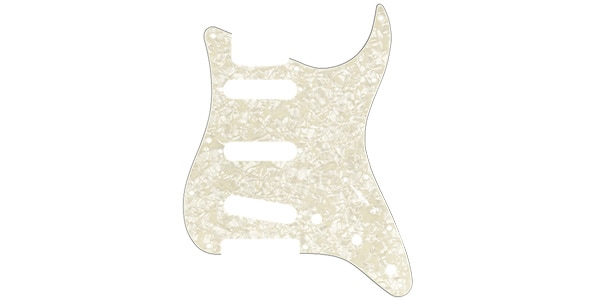







![[Guitar Guide] How to Choose the Right Pick](/contents/uploads/thumbs/5/2022/3/20220317_5_17102_1.jpg)
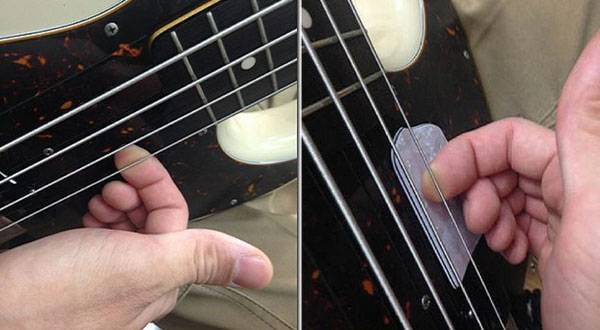

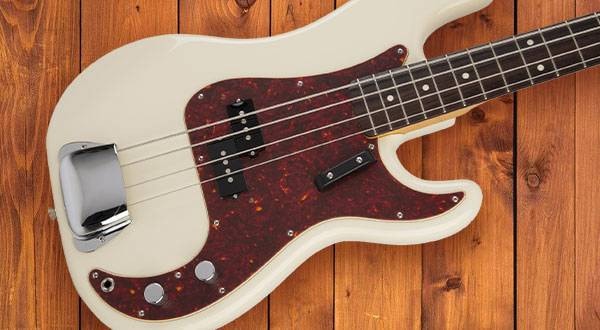
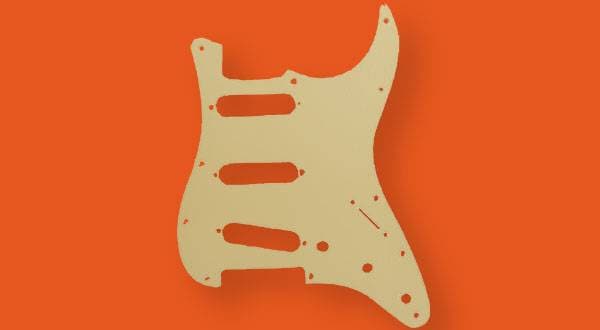
 DIY ギターメンテナンス
DIY ギターメンテナンス
 ギターの種類
ギターの種類
 ギターのお手入れ
ギターのお手入れ
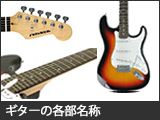 ギターの各部名称
ギターの各部名称
 ギターの選び方
ギターの選び方
 ギタースタートガイド
ギタースタートガイド















